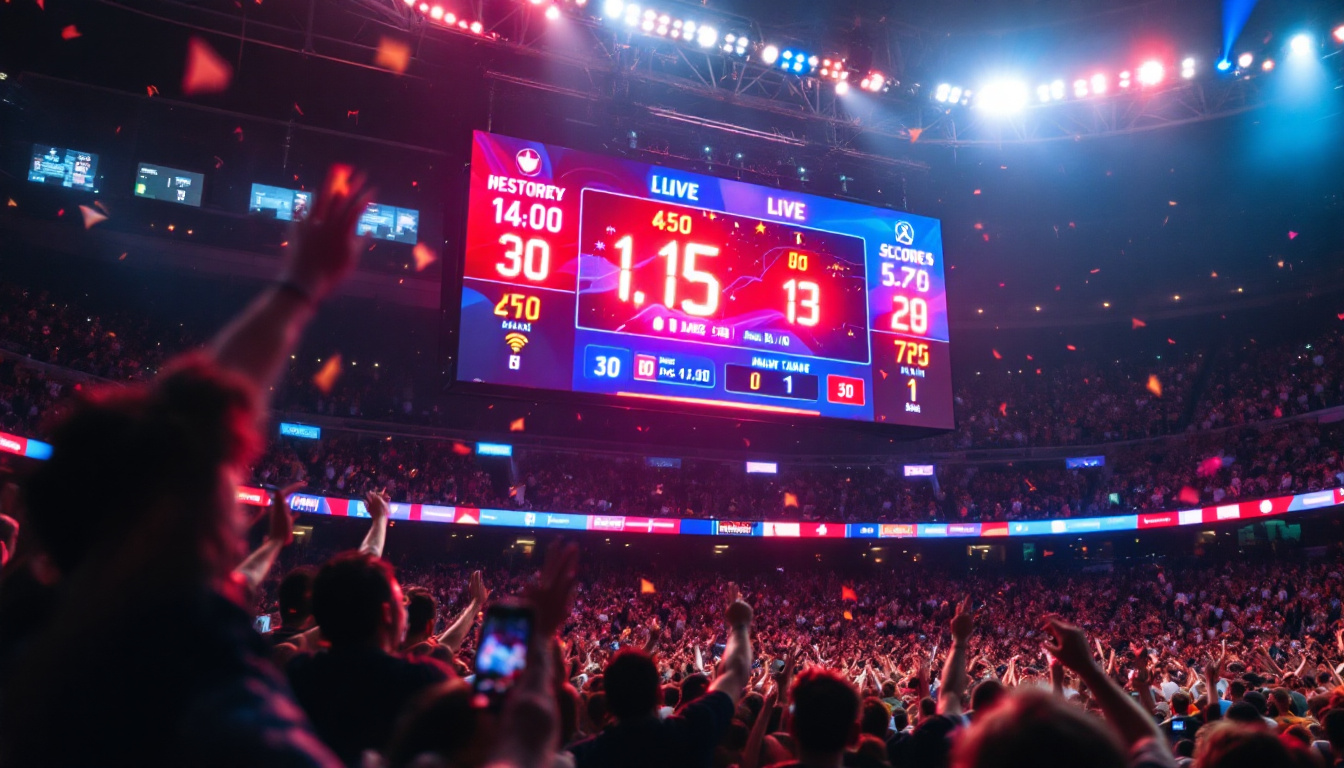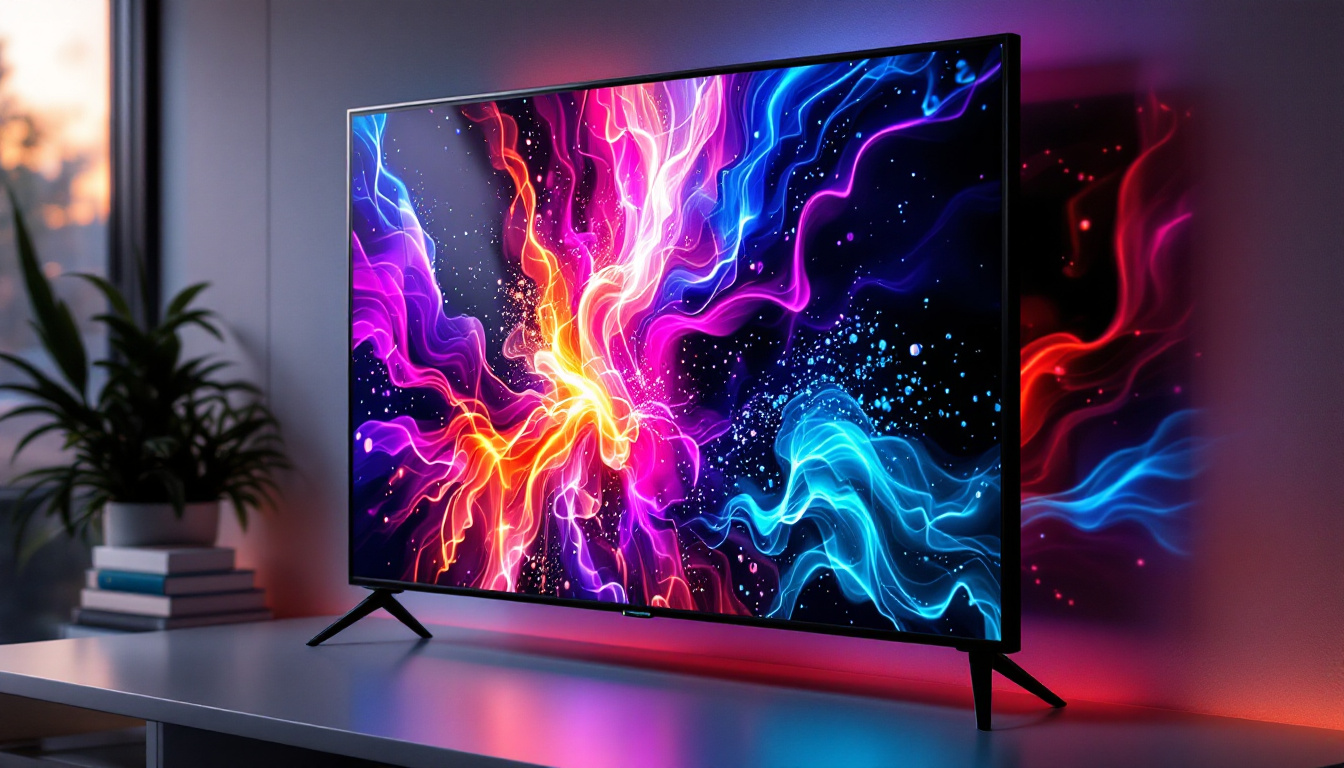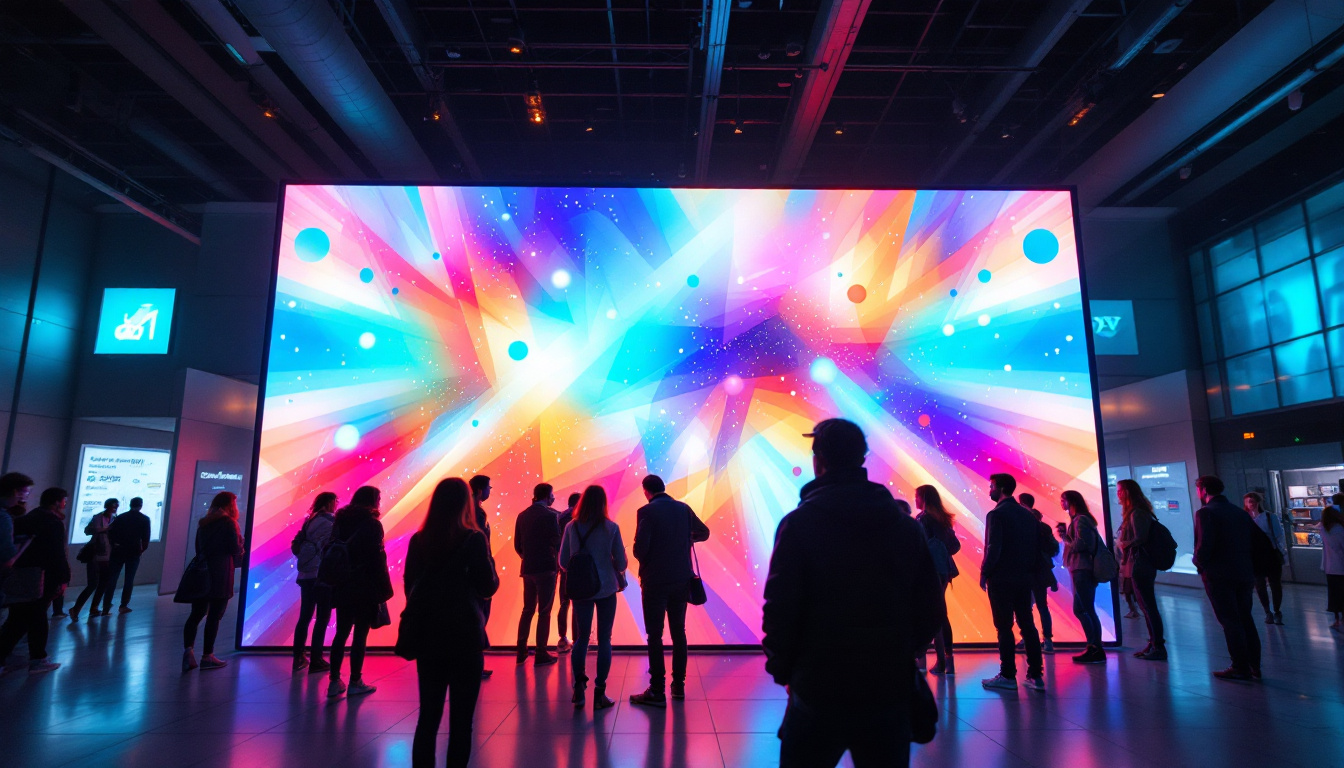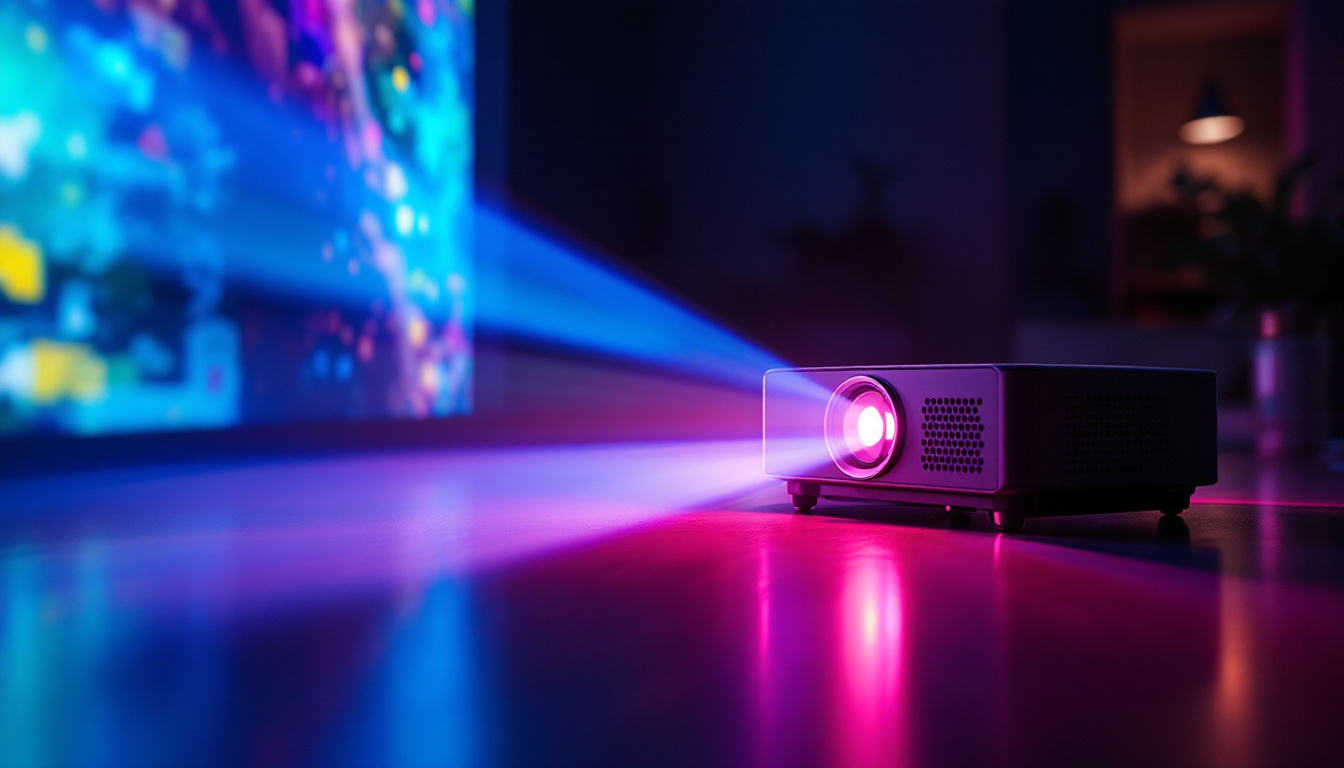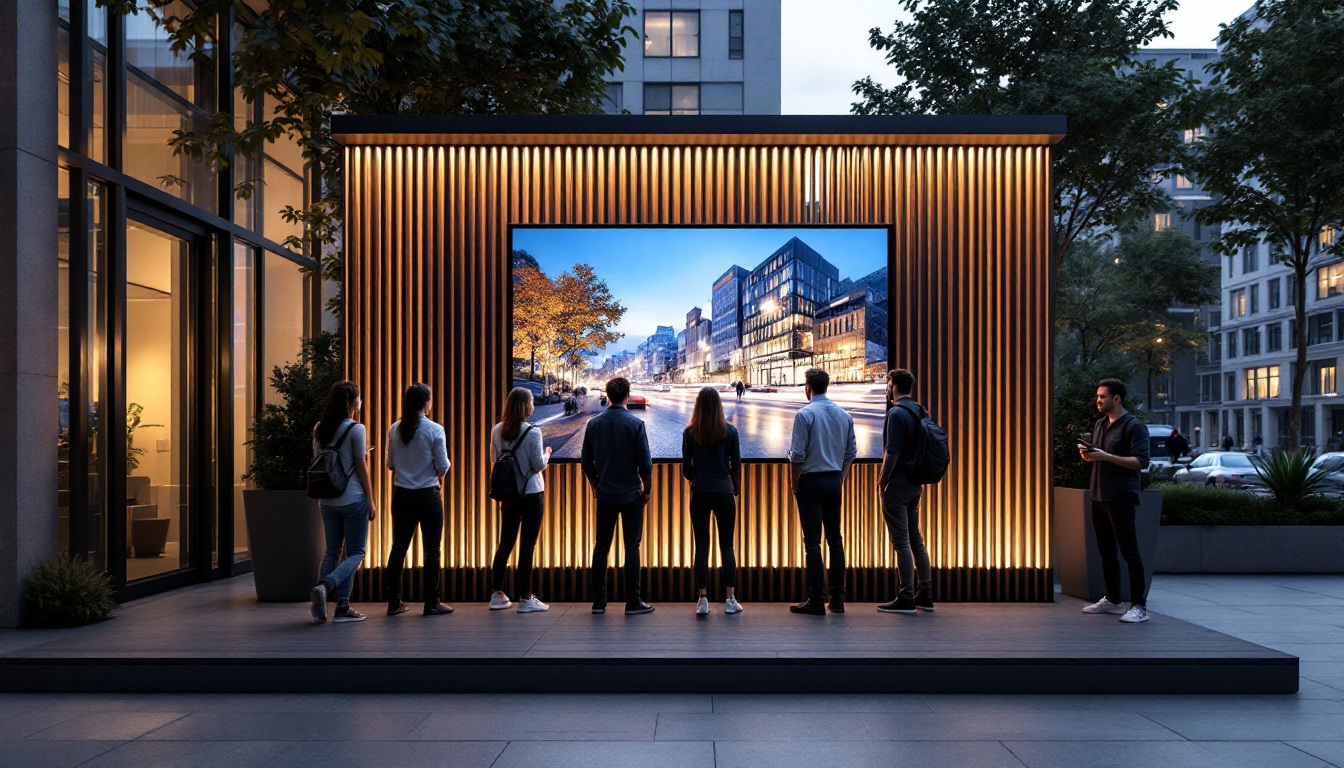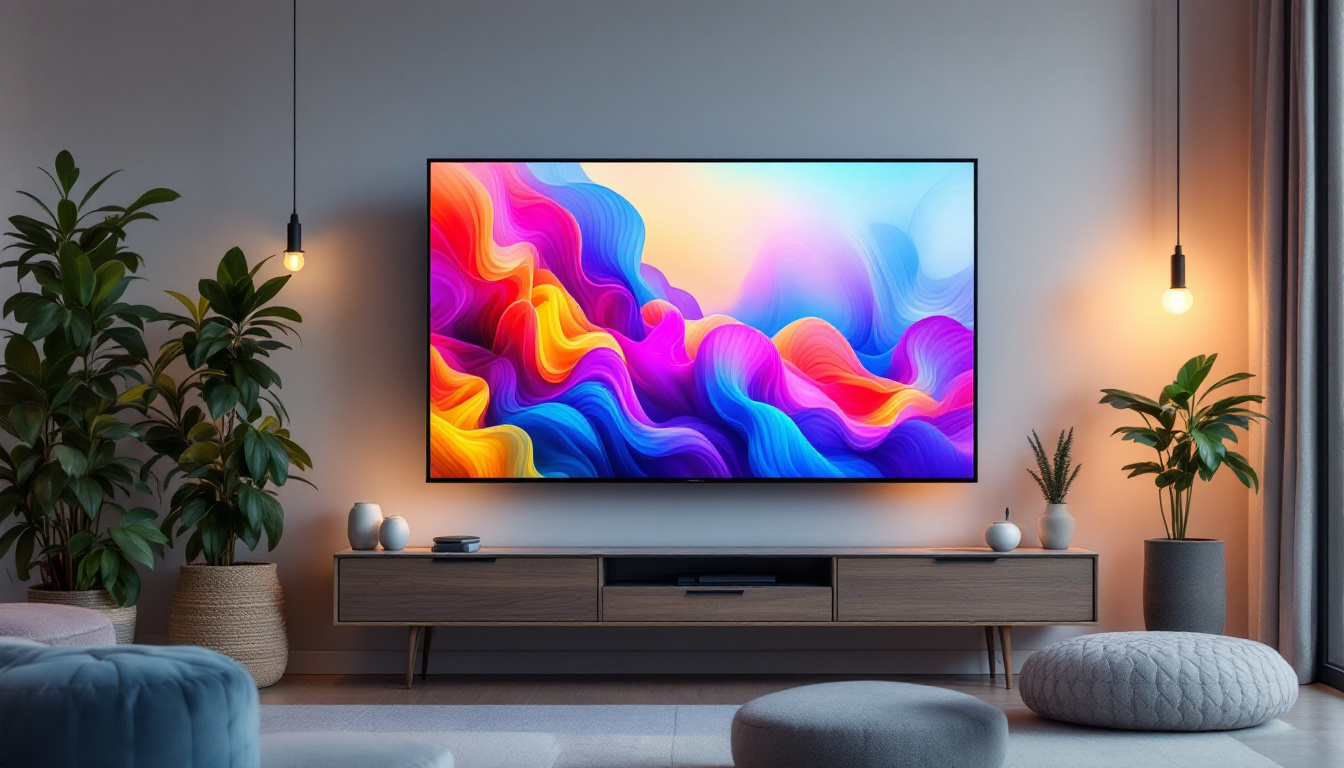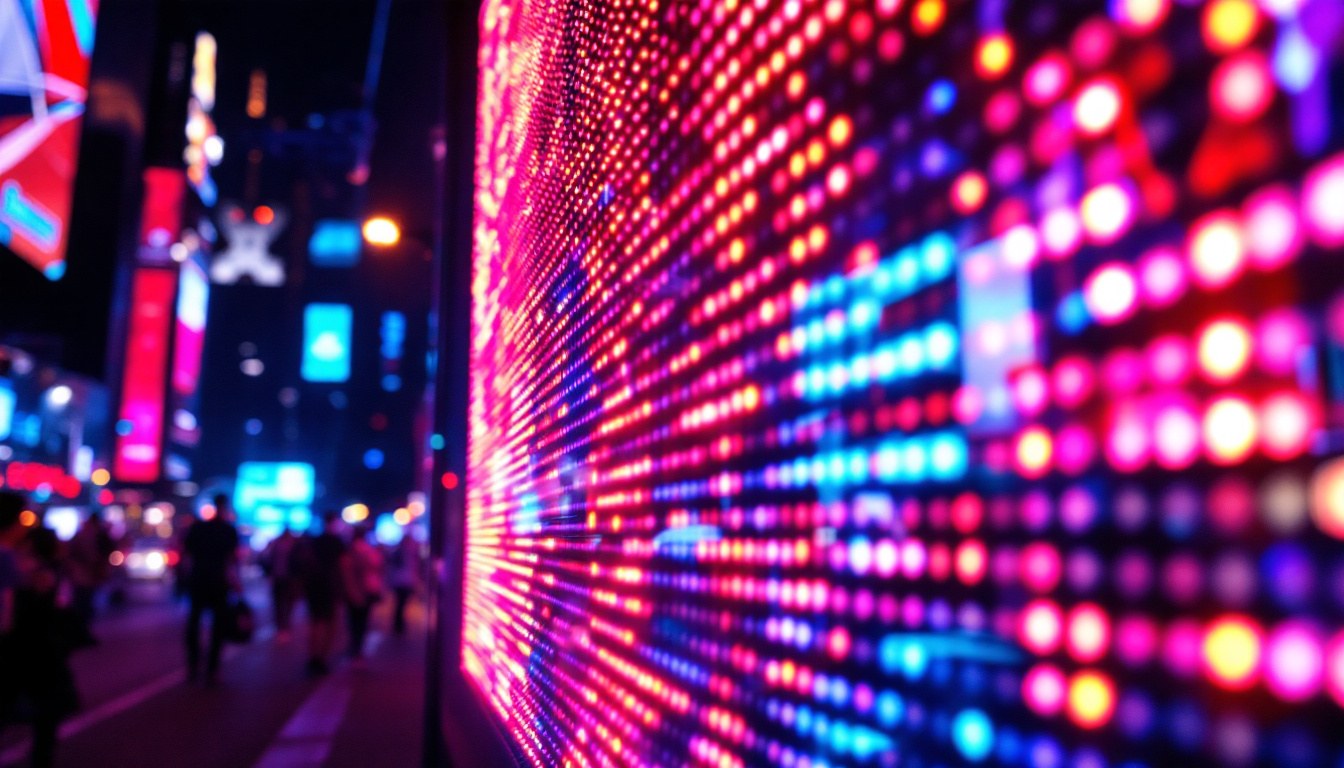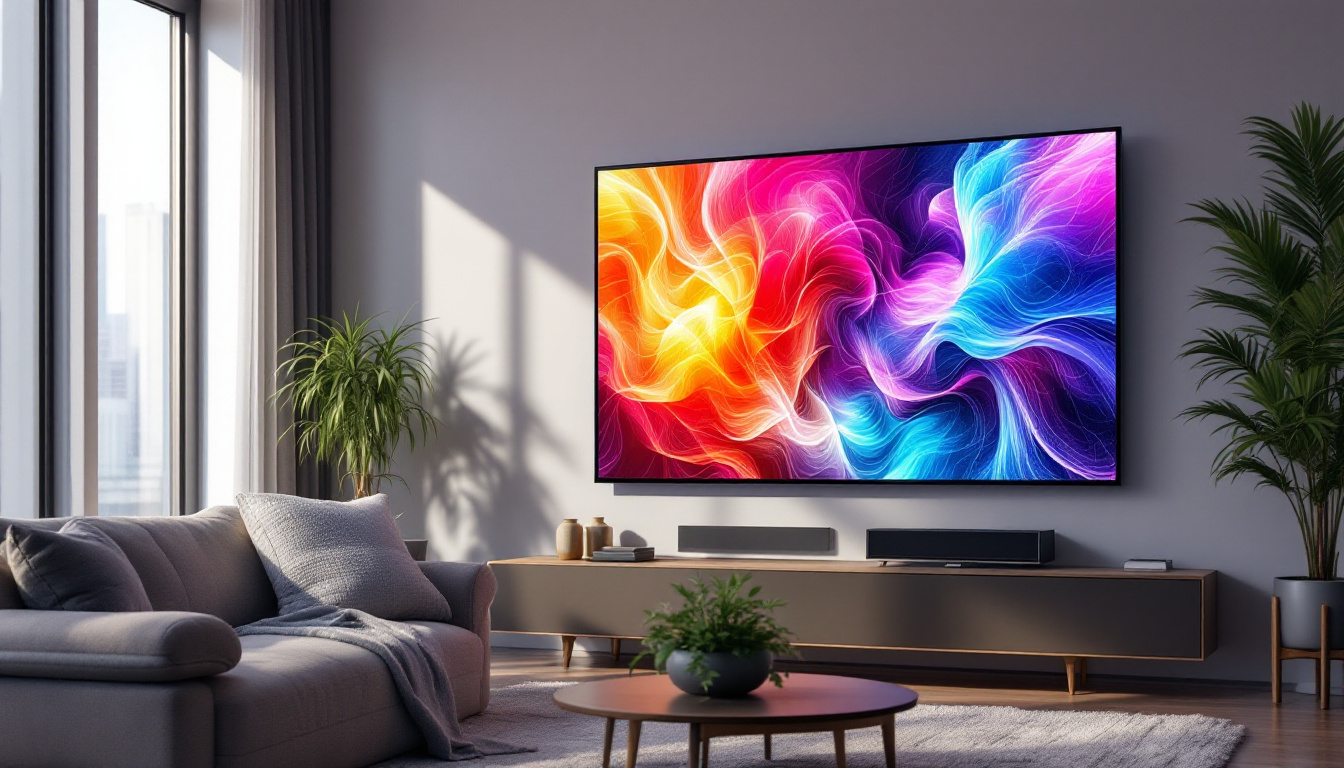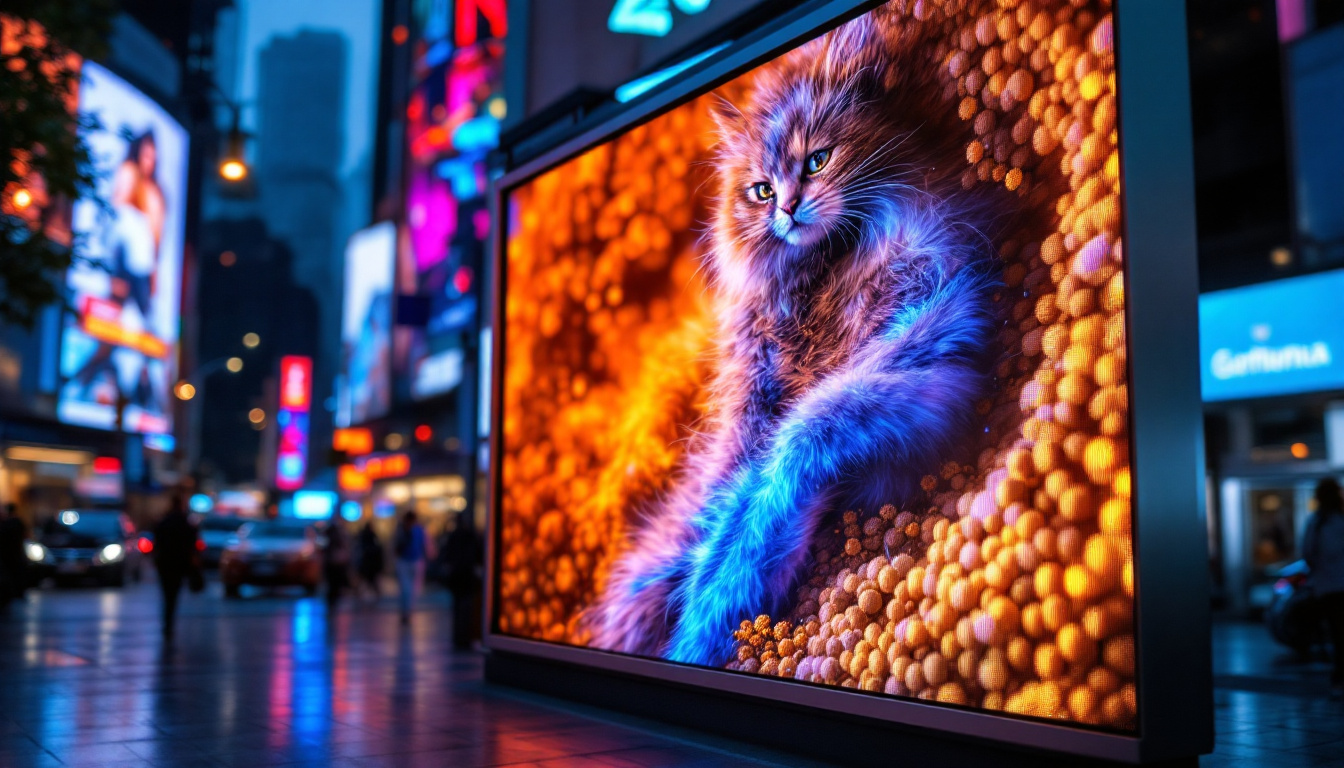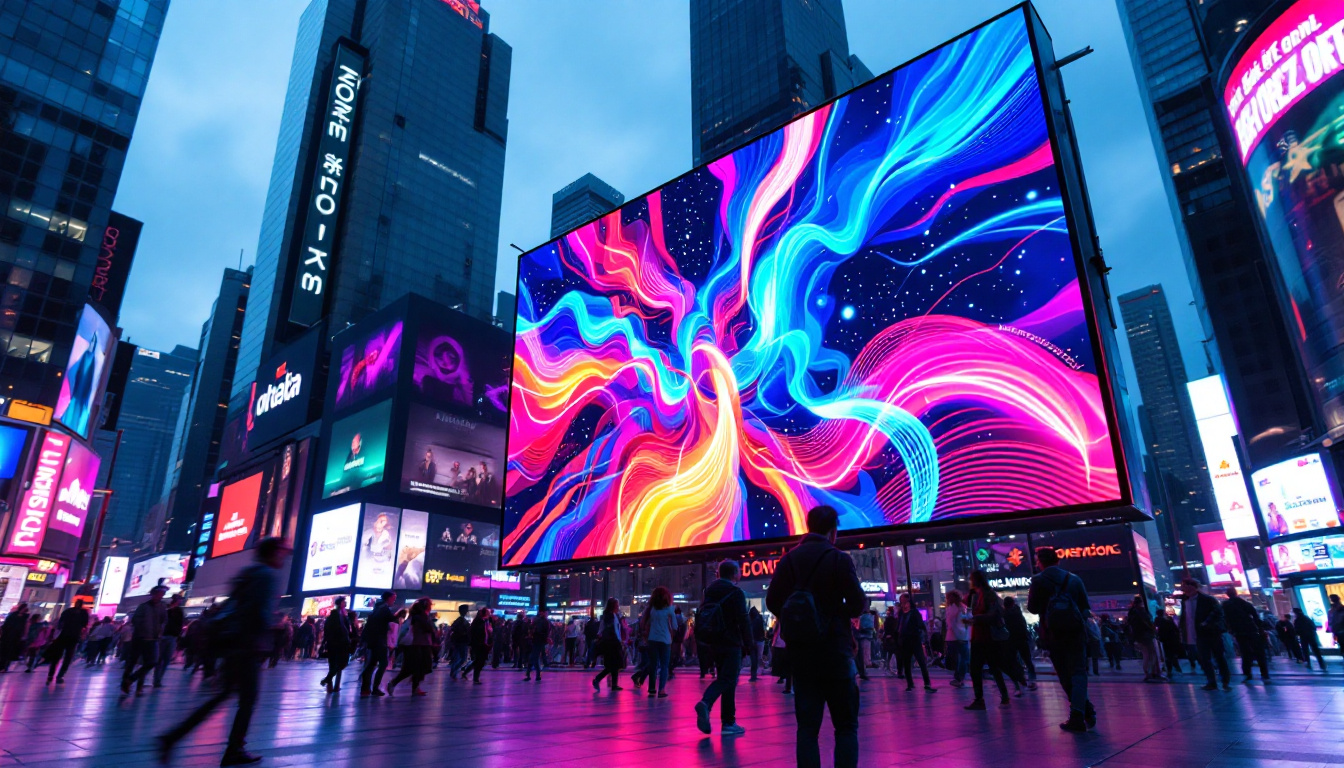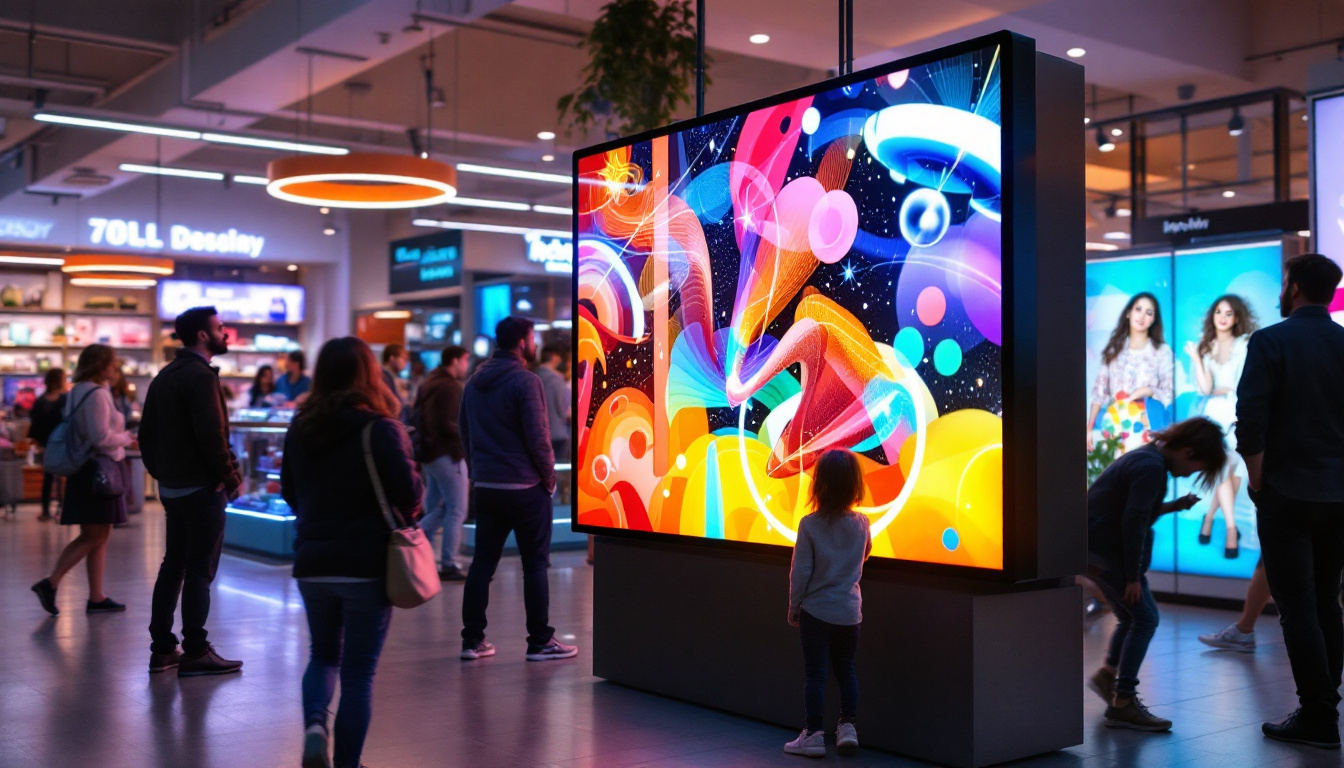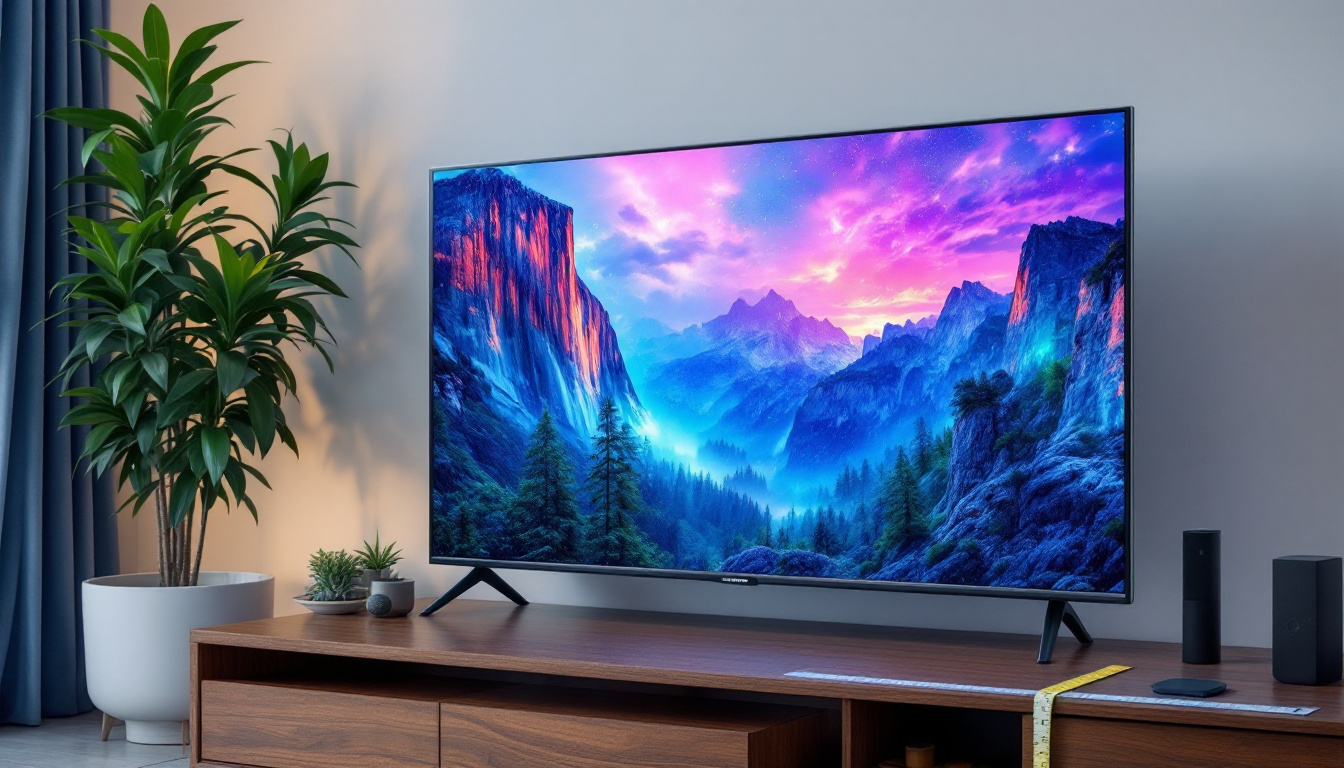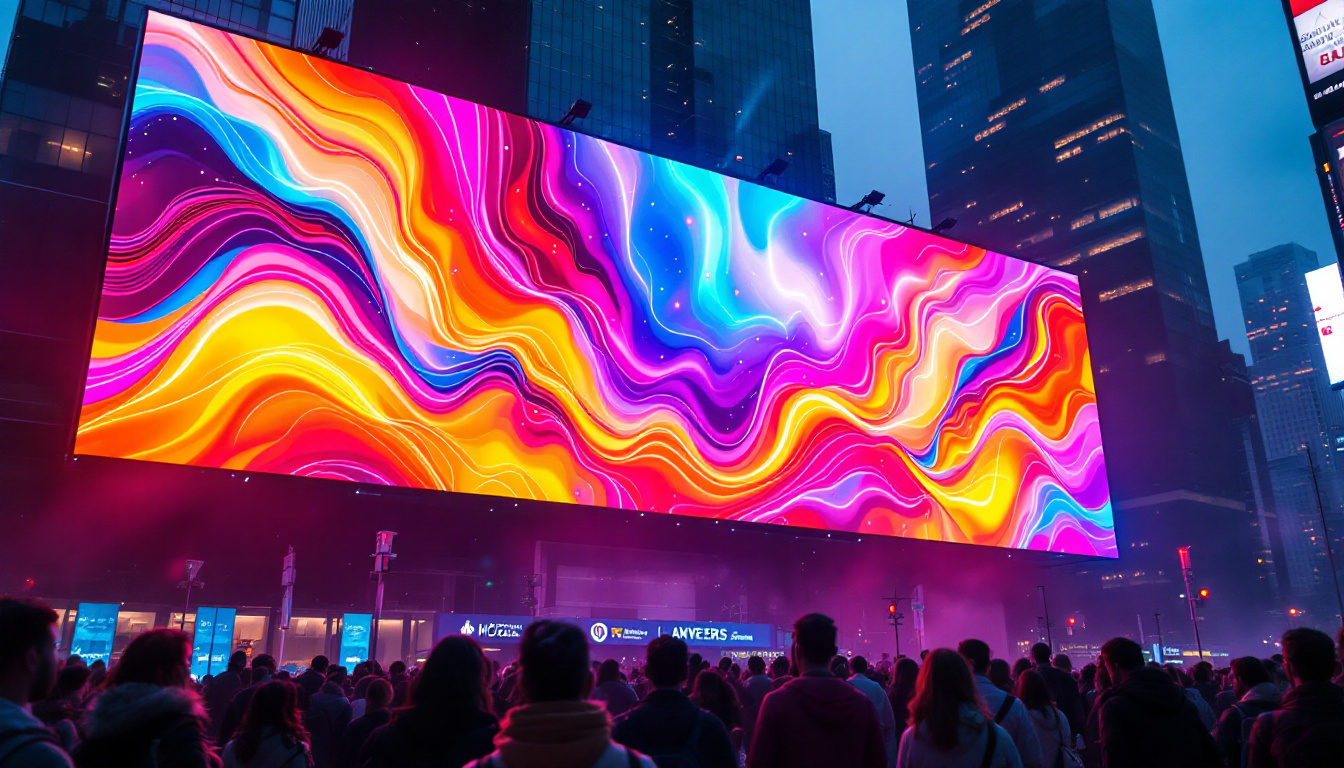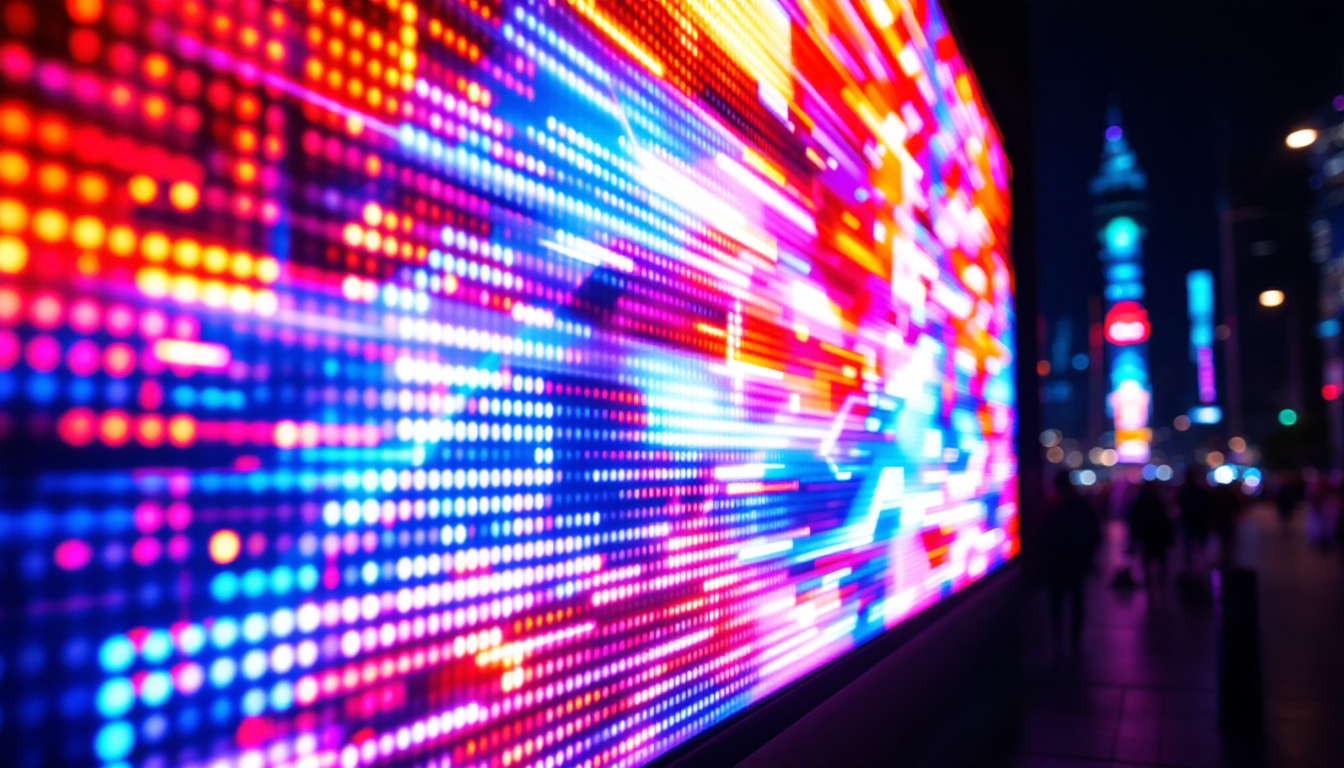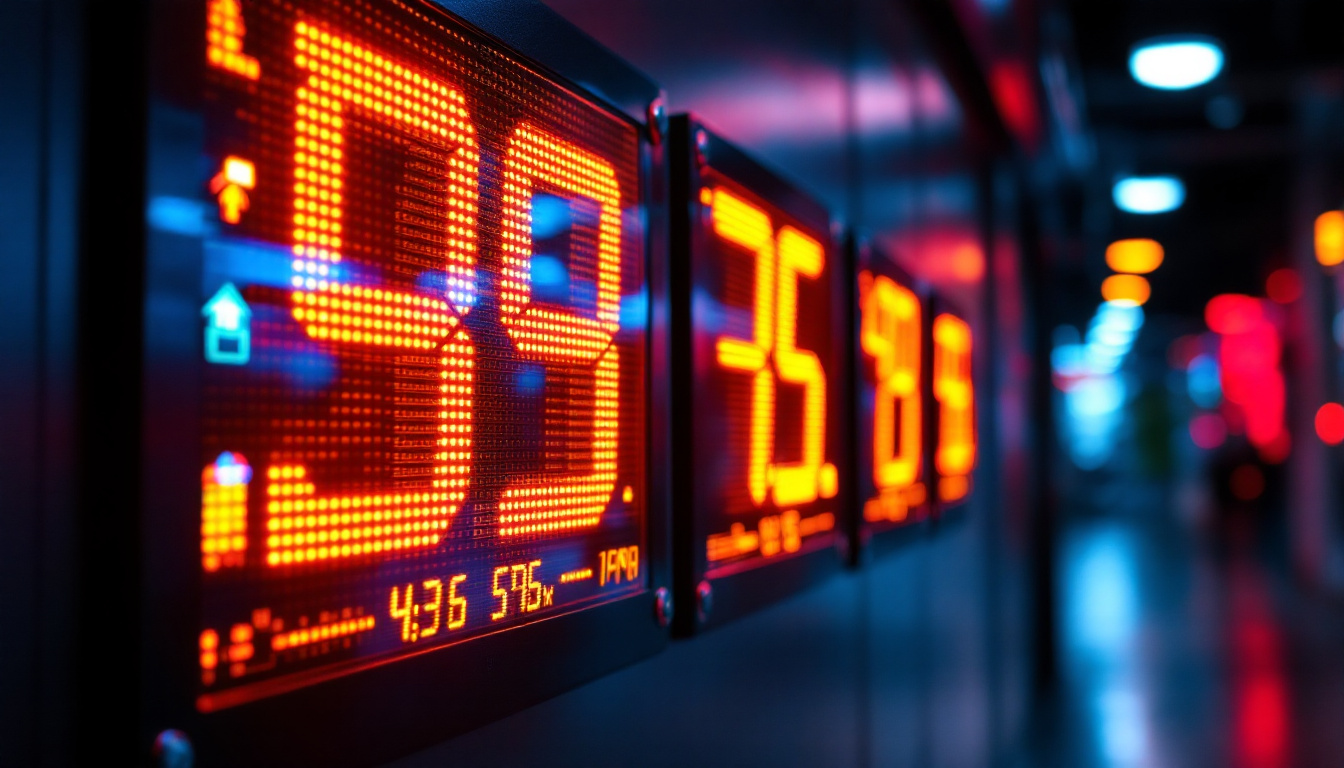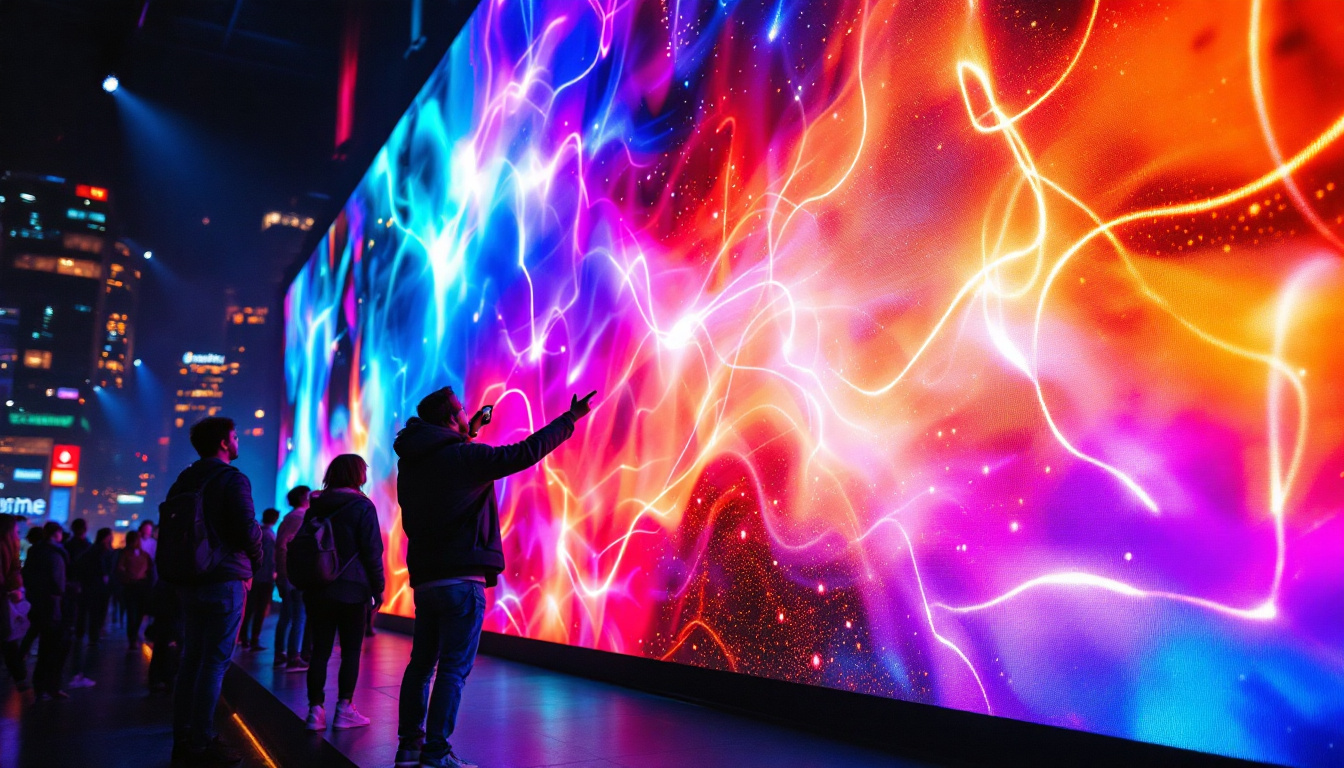In the world of modern technology, the term “Display Hz” often surfaces, particularly when discussing LED displays. Understanding this concept is crucial for anyone looking to purchase or utilize LED screens, whether for personal, professional, or entertainment purposes. This article delves into the intricacies of Display Hz, elucidating its significance, functionality, and impact on user experience.
What is Display Hz?
Display Hz, or refresh rate, refers to the number of times a display updates its image per second. Measured in hertz (Hz), this metric is pivotal in determining how smoothly motion appears on the screen. For instance, a display with a refresh rate of 60 Hz refreshes the image 60 times each second. Higher refresh rates, such as 120 Hz or 240 Hz, can provide a more fluid viewing experience, particularly in fast-paced scenarios like gaming or action movies.
The Science Behind Refresh Rates
At its core, the refresh rate is a reflection of how quickly a display can draw a new image. This is particularly important in dynamic content, where rapid changes in visuals occur. A higher refresh rate reduces motion blur, making fast-moving objects appear clearer and more defined. This is especially beneficial in gaming, where quick reflexes and precise movements are essential.
Moreover, the refresh rate can significantly affect the overall user experience. A display that refreshes at a higher rate can provide a more responsive feel, enhancing the interaction between the user and the content. This responsiveness can be crucial in competitive gaming environments, where every millisecond counts. Additionally, higher refresh rates can also reduce eye strain during prolonged use, as smoother transitions can lessen the effort required by the eyes to track moving images.
Common Refresh Rates in LED Displays
LED displays typically come in various refresh rates, with 60 Hz, 120 Hz, and 240 Hz being the most common. Each of these rates serves different purposes and caters to different audiences:
- 60 Hz: The standard refresh rate for most televisions and monitors, suitable for general use, including watching movies and casual gaming.
- 120 Hz: Often found in higher-end televisions and gaming monitors, this refresh rate is ideal for fast-paced content, providing smoother motion and reduced blur.
- 240 Hz: Primarily used in professional gaming monitors, this refresh rate caters to competitive gamers who require the utmost precision and responsiveness.
In addition to these standard refresh rates, some displays feature variable refresh rate technologies, such as NVIDIA’s G-SYNC or AMD’s FreeSync. These technologies dynamically adjust the refresh rate of the display to match the frame rate output of the graphics card, which can further enhance the gaming experience by eliminating screen tearing and stuttering. This synchronization not only improves visual quality but also contributes to a more immersive experience, allowing gamers to fully engage with their virtual environments.
Furthermore, as technology advances, the industry is witnessing the emergence of even higher refresh rates, with some displays boasting capabilities of 360 Hz or more. These cutting-edge monitors are designed to cater to the most demanding gamers and professionals, providing an unparalleled level of detail and responsiveness. As a result, the conversation around refresh rates continues to evolve, pushing the boundaries of what is possible in display technology and setting new standards for visual performance.
Why Refresh Rate Matters
The importance of refresh rate extends beyond mere numbers; it significantly influences the viewing experience. A higher refresh rate can lead to a more enjoyable and immersive experience, particularly in scenarios that involve rapid motion.
Impact on Gaming
For gamers, the refresh rate is a critical factor. A display with a higher refresh rate allows for smoother gameplay, reducing lag and improving reaction times. This is particularly evident in fast-paced games, where every frame counts. Gamers often prefer monitors with refresh rates of 120 Hz or higher, as these can provide a competitive edge.
Furthermore, many modern gaming consoles and PCs are designed to support higher refresh rates, making it essential for gamers to invest in displays that can take full advantage of these capabilities. The combination of high refresh rates and advanced graphics can create an unparalleled gaming experience. Additionally, many competitive gamers utilize specialized gaming monitors that offer refresh rates of 240 Hz or even higher, allowing them to see and react to in-game events faster than their opponents. This can be the difference between winning and losing in high-stakes tournaments.
Effects on Video Playback
In addition to gaming, refresh rates also play a vital role in video playback. Movies and television shows are typically filmed at 24 frames per second (fps), which aligns well with a 60 Hz refresh rate. However, higher refresh rates can enhance the viewing experience by providing smoother motion and reducing judder, particularly in action sequences.
Some displays come equipped with motion smoothing technologies that interpolate frames to achieve higher refresh rates, creating a more fluid viewing experience. While this can be beneficial, it can also lead to a “soap opera effect,” where the video appears overly smooth and less cinematic. Users often have the option to adjust these settings based on personal preference. For instance, sports enthusiasts may appreciate the enhanced clarity during fast-moving scenes, while film purists might prefer to disable such features to maintain the original artistic intent of the filmmakers. This flexibility allows viewers to tailor their experience to their liking, ensuring that everyone can find a setting that enhances their enjoyment of the content.
Understanding LED Technology
LED displays, or Light Emitting Diode displays, are a popular choice for both commercial and personal use. They utilize a series of diodes to produce light and create images on the screen. This technology has evolved significantly, leading to various types of LED displays, including OLED and QLED, each with unique characteristics. The rapid advancement in LED technology has not only improved the quality of visual displays but has also made them more accessible to consumers, resulting in widespread adoption across different sectors, from entertainment to advertising.
Moreover, the integration of LED technology into various devices has transformed how we interact with visual media. For instance, smartphones and tablets now commonly feature LED screens, providing users with vibrant visuals and energy-efficient performance. As a result, LED technology has become a cornerstone in the design of modern electronics, influencing everything from the aesthetics of devices to their functionality. The ongoing research and development in this field promise even more innovative applications, potentially revolutionizing industries such as automotive, where LED displays are increasingly used in dashboard interfaces and headlight systems.
Types of LED Displays
There are several types of LED displays, each catering to different needs and preferences:
- Standard LED: These displays use traditional LED backlighting to illuminate an LCD panel. They offer good brightness and color accuracy but may have limitations in contrast ratios. Standard LED displays are commonly found in budget-friendly televisions and monitors, making them an accessible option for everyday use.
- OLED: Organic Light Emitting Diodes provide superior contrast and color accuracy by allowing individual pixels to emit light. This results in deeper blacks and more vibrant colors, making OLED displays a popular choice for high-end televisions. The self-emissive nature of OLED technology also allows for ultra-thin designs, appealing to consumers looking for sleek and modern aesthetics.
- QLED: Quantum Dot LED technology enhances color accuracy and brightness through the use of quantum dots. QLED displays are known for their vibrant colors and are often used in premium televisions. This technology leverages a layer of quantum dots that emit specific colors when illuminated by a backlight, resulting in a broader color spectrum and improved viewing experiences, especially in brightly lit rooms.
Advantages of LED Displays
LED displays come with several advantages that make them a preferred choice for various applications:
- Energy Efficiency: LED technology is known for its energy efficiency, consuming less power compared to traditional LCD or plasma displays. This not only reduces electricity bills but also contributes to a lower carbon footprint, making LED displays an environmentally friendly option.
- Brightness: LED displays can achieve higher brightness levels, making them suitable for well-lit environments. This capability is particularly beneficial in settings such as retail spaces and outdoor advertising, where visibility is crucial for capturing consumer attention.
- Longevity: LED displays generally have a longer lifespan compared to other display technologies, which translates to reduced replacement costs over time. Many LED displays can last upwards of 50,000 hours, making them a reliable investment for both personal and commercial use.
In addition to these advantages, LED displays are also known for their versatility. They can be found in a variety of formats, from large-scale digital billboards to compact screens for mobile devices. This adaptability allows for creative applications in different environments, such as sports arenas, concert venues, and even art installations, where dynamic visuals can enhance the overall experience. As technology continues to advance, we can expect even more innovative uses for LED displays, further solidifying their place in our daily lives.
Choosing the Right Refresh Rate
When selecting an LED display, understanding the appropriate refresh rate for specific use cases is crucial. Different activities demand different refresh rates, and making an informed decision can enhance the overall experience.
For Gaming Enthusiasts
For gamers, investing in a monitor with a refresh rate of at least 120 Hz is advisable. This allows for smoother gameplay and improved responsiveness, particularly in competitive gaming scenarios. Additionally, ensuring that the graphics card can support higher refresh rates is essential for maximizing performance.
For Movie Buffs
For those primarily using their displays for watching movies and television shows, a 60 Hz refresh rate is generally sufficient. However, for users who appreciate high-action films or sports, a 120 Hz display can enhance the viewing experience by providing smoother motion and reducing motion blur.
For Professional Use
In professional environments, such as graphic design or video editing, the refresh rate may not be as critical as color accuracy and resolution. However, a refresh rate of 60 Hz or higher is still recommended to ensure a fluid experience while working with dynamic content.
Conclusion
Understanding Display Hz and its implications is essential for anyone looking to invest in an LED display. The refresh rate plays a significant role in determining the overall experience, particularly in gaming and video playback. By considering the intended use and selecting an appropriate refresh rate, users can enhance their interaction with technology and enjoy a more immersive experience.
As technology continues to evolve, the importance of refresh rates and display technology will only grow. Staying informed about these advancements can empower consumers to make educated choices, ensuring that their displays meet their needs and expectations.
In summary, whether for gaming, entertainment, or professional use, the right LED display with an optimal refresh rate can significantly enhance the user experience, making it a worthy investment in today’s digital age.
Explore Cutting-Edge LED Displays with LumenMatrix
Ready to elevate your visual experience with the latest in LED display technology? LumenMatrix is at the forefront of innovation, offering a diverse range of LED display solutions tailored to your needs. From captivating Indoor LED Wall Displays to dynamic Outdoor LED Wall Displays, and from versatile Vehicle LED Displays to engaging LED Sports and Floor Displays, our products are designed to revolutionize visual communication. Discover how LumenMatrix can enhance your brand visibility and create immersive visual experiences that resonate with your audience. Check out LumenMatrix LED Display Solutions today and transform the way you share your message.


